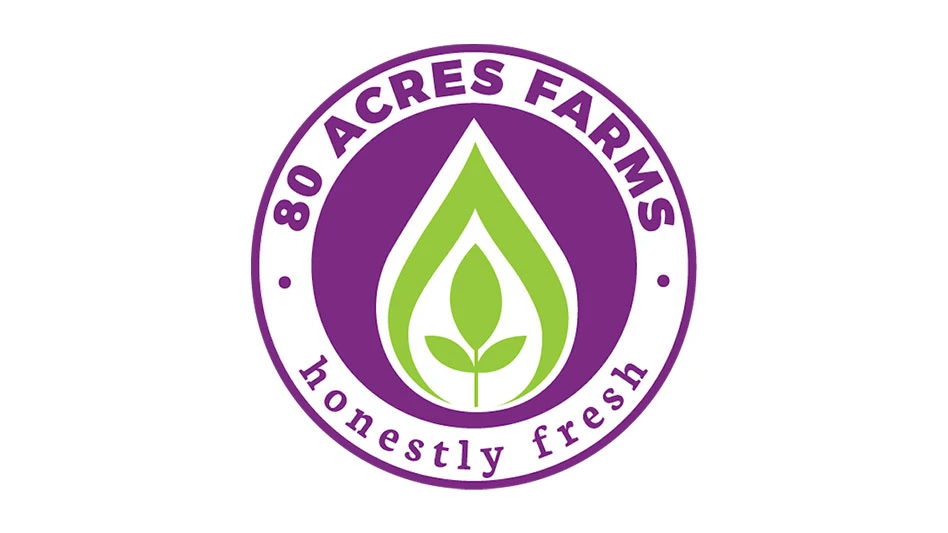

With spring coming, greenhouses are bustling as they fill with annual and perennial landscape plants for the coming summer. While flowering bedding and garden plants are the most valuable sector of the U.S. greenhouse industry, there are also opportunities for producing these flowering plants — as an edible!
Edible flowers are increasing in popularity as they add not only a colorful appearance, but also a range in flavors from sweet to tart, to a finished dish. Though there is a lack of information regarding hydroponic production of edible flowers, this month’s column will review some of the most important points to consider.
What you need to know to get started
First and foremost, start by selecting the edible flower species you would like to grow.
Some of the most popular edible flower species include familiar annuals such as pansy (Viola × wittrockiana), viola (Viola cornuta), snapdragon (Antirrhinum majus), nasturtium (Tropaeolum majus), wax (Begonia × semperflorens-cultorum) and tuberous (Begonia × tuberhybrida) begonias, African (Tagetes erecta) and French (Tagetes patula) marigolds, and dianthus (Dianthus chinensis). There are also perennial plants with edible flowers, such as hibiscus (Hibiscus rosa-sinensis), peony (Paeonia lactiflora), rose (Rosa spp.), and lilac (Syringa vulgaris).
When comparing the production of flowering plants for food as opposed to flowers, one of the most noticeable differences you will likely encounter is in pest control. Flowering plants grown for ornamental use are able to be treated with wide array of pesticides for controlling insects, mites, fungi and bacteria.
However, when grown for human consumption, the vast majority of the same pesticides used for ornamental production are unsuitable and not labeled for use on edible crops. Often the best way to make sure your crops are safe (i.e. not containing pesticide residues over the allowable thresholds) is to grow your own transplants as opposed to buying them. This will ensure you are using plant material that has never been treated with pesticides and will be safe for human consumption.
Additionally, nearly all commercial plugs are going to be grown in plug trays filled with a loose peat-based germination mix. For hydroponic production, you will want your seedlings grown in an inorganic substrate suited for hydroponic production (rockwool or phenolic foam), or an organic substrate (peat or coconut coir) with a binder that holds together loose substrate. This will help ensure your success.

Which hydroponic system is right for me?
The most suitable hydroponic systems for edible flowers are those that are used for the leafy green and culinary herb production — most notably nutrient-film technique (NFT) and deep-flow technique (DFT) or raft systems.
While both NFT and DFT can be successfully used to grow flowering plants, NFT systems are usually well-suited to the recurrent harvest of flowers compared to DFT, as NFT channels are typically placed at waist height and flowers can be harvested without bending over, in contrast to DFT systems which are usually installed at ground level. The systems favored for growing fruiting vines, like slab/bag culture or Dutch buckets, should be avoided.
Manage the environment as always
The greenhouse environment — light, temperature and carbon dioxide — for hydroponic edible flower production is one area where producers can draw from existing production literature for flower crop production in containers with substrate.
Simply because flowers are grown hydroponically does not in any way fundamentally change environmental production requirements. For example, cool-growing annuals such as pansy, viola and snapdragon should still be grown using cool air temperatures.
Fertilization will change, too
Unlike the greenhouse environment, switching from a soilless substrate to hydroponic water-culture systems will require a bit of grower trial-and-error with respect to formulating a mineral nutrient plan.
While you can find fertilizer requirements for most edible flower species, they are going to be for soilless substrate and not for hydroponic systems. However, recommended electrical conductivities (EC) for substrate culture, as well as the classification of various crop varieties by their fertilizer requirements (i.e. light, moderate, and heavy-feeding plants), gives a grower new to growing in water a good indication of nutrient requirements. Similarly, substrate pH recommendations can be used as guidelines for determining the optimal nutrient solution pH. A good range to start is a nutrient solution with a pH of 5.5 to 6.0 and an EC around 1.5 mS/cm, with further refinements made based on crop response. My takeaway for new edible flower hydroponic growers? Jump in 2 feet first and take the plunge.
Growing edible flowers hydroponically provides an opportunity for any produce grower to add an exciting new crop and expand their product portfolio, which is exactly what growers should be looking at to accomplish in the post-pandemic world. And, although there are currently few resources specifically catered to hydroponic edible flower production, the existing body of knowledge for growing the same species in containers with substrate can be used to get your crop off to a great start.

Explore the March 2021 Issue
Check out more from this issue and find your next story to read.
Latest from Produce Grower
- The Growth Industry Episode 4: How federal budget cuts are affecting horticulture nonprofits
- U.S. indoor tomato growers support renegotiation of suspension agreement
- CEA Summit East 2025 returns to Virginia this September
- The Growth Industry Episode 3: Across the Pond with Neville Stein
- Southern Garden Tour sets 2025 dates for trial garden open houses
- IUNU secures $20 million to accelerate growth in AI-driven greenhouse technology
- Find out what's in FMI's Power of Produce 2025 report
- Fresh Express announces rebrand, launches 'Express Yourself' campaign





